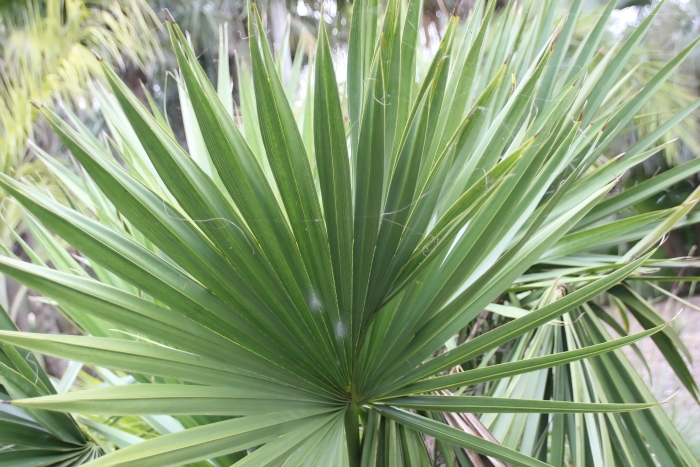Dwarf Palmetto
(Sabal minor)
Dwarf Palmetto (Sabal minor)
/
/

Photo by David J. Stang
CC BY-SA 4.0







































































Estimated Native Range
Summary
The Dwarf Palmetto is highly valued for its cold hardiness, making it suitable for cultivation in a range of climates, including subtropical and warm temperate regions. It can withstand temperatures near 0 °F (−18 °C) and survive brief periods down to −5 °F (−21 °C). Its ability to grow in various soil types, including those that are submerged, makes it versatile for landscape use. It is often used as an understory plant or as a naturalizing element in wet areas. In cooler zones, it benefits from full sun and a wind-sheltered location. The plant requires high amounts of water and thrives in soils with medium to slow drainage. It is less common in cultivation than other palms, but its resilience and unique appearance make it a desirable addition to gardens where a tropical effect is desired.CC BY-SA 4.0
Plant Description
- Plant Type: Tree, Shrub
- Height: 5-10 feet
- Width: 4-6 feet
- Growth Rate: Slow
- Flower Color: N/A
- Flowering Season: Spring
- Leaf Retention: Evergreen
Growth Requirements
- Sun: Full Sun, Part Shade
- Water: High
- Drainage: Medium, Slow
Common Uses
Bird Garden, Butterfly Garden, Deer Resistant, Drought Tolerant, Edible*Disclaimer: Easyscape's listed plant edibility is for informational use. Always verify the safety and proper identification of any plant before consumption., Erosion Control, Fragrant, Rock Garden, Salt Tolerant, Street Planting, Water Garden
Natural Habitat
Moist forests, riverbanks, and swamps in the deep southeastern and south-central United States and northeastern Mexico
Other Names
Common Names: Bush Palmetto, Scrub Palmetto
Scientific Names: , Sabal minor, Sabal louisiana, Sabal adansonii, Sabal glabra, Sabal deeringiana, Rhapis acaulis, Corypha minor, Corypha pumila, Rhapis arundinacea
GBIF Accepted Name: Sabal minor (Jacq.) Pers.